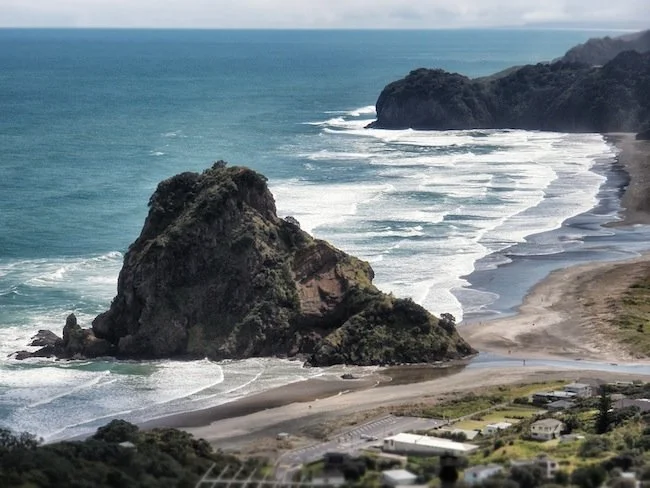by Izaak Diggs
It would be easy to dismiss Barstow as a wasteland: You've got the heat in the summer and the poverty year round. Faded mobile homes and salvagers making monkey shapes as they strip valuable tiles off collapsing houses. To the casual glance it is just a place to fill your gas tank or grab a burger or use a restroom. Just another desert town, just another exit or two along the interstate to somewhere else. Why was I there? Was I following a genuine spark of inspiration or had I lost my mind? All I could do was wring my hands, question my sanity, and take more notes.

Barstow has always been a hub. Starting in the nineteenth century it served long distance travelers and the mining towns in the region. The desert is a popular place for mines: Men digging holes in the ground, getting a little closer to Hell in the hope of cheating the Devil at poker and getting a monopoly on brimstone. Gamblers with chin beards and suspenders who directed other men into the dark recesses of the earth. They oversaw the creation of towns that thrived for awhile only to die and be reclaimed by the desert after. Fortunes made and lost; a story told countless times in the history of mankind. The story of Barstow is nearly identical to scores of towns scattered like seeds throughout the Southwest.
I went down to the desert with nearly every penny I had. I stood on a salt flat, waited for the wind to rise, and tossed all the bills in the air. They were carried in every direction; to fast food restaurants and cheap motels and gas stations. Like those men with chin beards and suspenders I gambled everything I had on a dream, on an idea. I gambled it on the desert; I gambled it on all the little towns like Barstow and Lone Pine and Tuba, Arizona and Capitan, New Mexico. I rolled the dice that there was a story there lurking like a scorpion in a yucca.





















